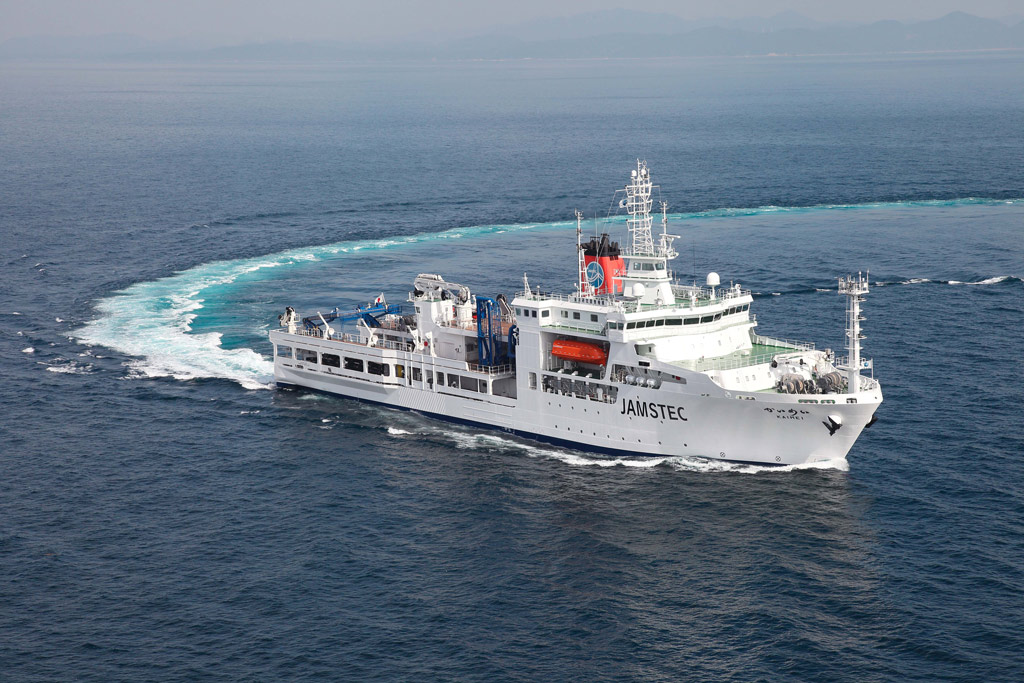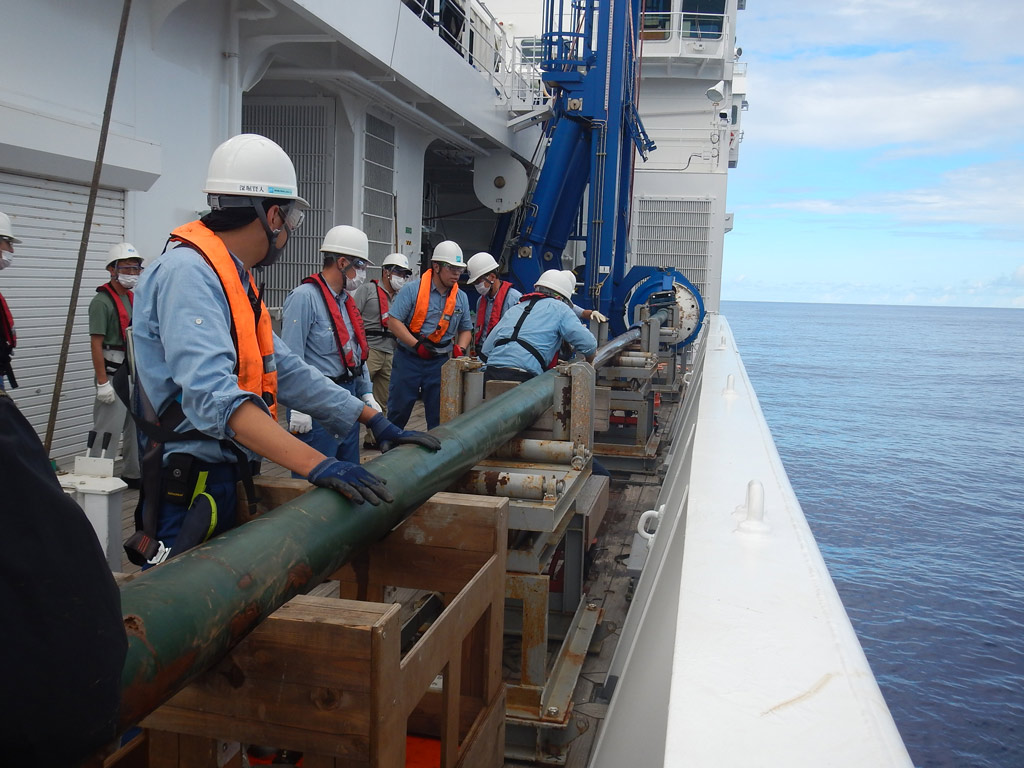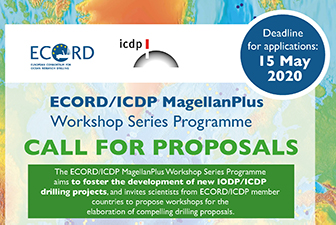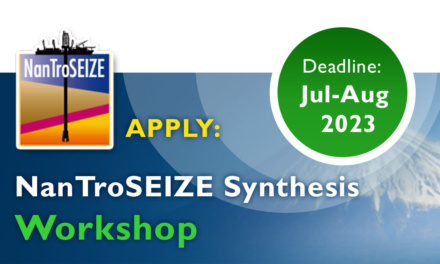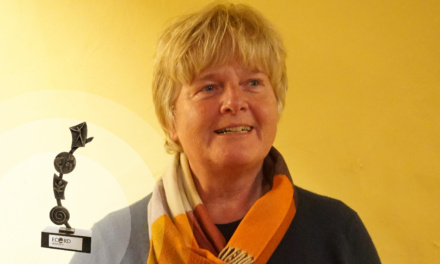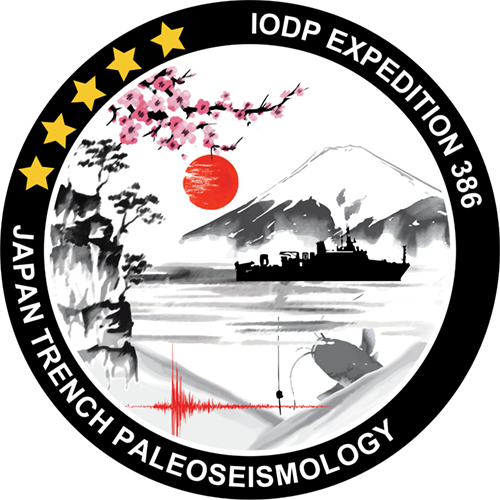
IODP Expedition 386: Japan Trench Paleoseismology –
– scientific ocean drilling expedition to focus on
the record of giant earthquakes of the past preserved
in deep marine sediments
We are pleased to announce that the European Consortium for Ocean Research Drilling (ECORD),
and Institute for Marine-Earth Exploration and Engineering (MarE3) /
Japan Agency for Marine-Earth Science and Technology (JAMSTEC)
will jointly conduct an expedition of the International Ocean Discovery Program (IODP).
The offshore phase of the IODP Expedition 386: Japan Trench Paleoseismology
will be conducted in April – June 2021
by the ECORD Science Operator (ESO) and JAMSTEC / MarE3.
Tracking past earthquakes along the Japan Trench
Japan is located on the Pacific Ring of Fire, a region of special interest in earthquake research. The range of possible earthquake magnitudes and specifically the processes driving giant earthquakes – i.e. earthquakes with a moment magnitude (Mw) of nine or more – and how often they occur, however, is not fully understood. To gain an improved perspective of earthquake maximum magnitude and recurrence, researchers need to look back into the geological record. This is the aim of the upcoming International Ocean Discovery Program (IODP) Expedition 386 “Japan Trench Paleoseismology”, involving a team of scientists who will leave the port of Yokusuka onboard the research vessel Kaimei on 13th April 2021.
The Pacific Ring of Fire is a 40,000-kilometer long belt around the Pacific Ocean. The majority of the planet’s earthquakes occur along this ring. It is here that oceanic plates bend and move below overriding plates, while accumulating long-term global plate tectonic strain. This energy is released cataclysmically during so-called subduction zone or megathrust earthquakes. These high impact earthquakes and associated tsunamis – for example the Sumatra Earthquake (2004) and the Tohoku-oki Earthquake (2011) – are major geological events with a high impact on society and infrastructure and represent the greatest hazard for coastal societies in the Pacific region. Giant earthquakes such as these are likely to happen again, but instrumental and historic records of these events are currently insufficient to adequately assess seismic and tsunami hazards in areas located close to subduction plate boundaries.
Strong offshore earthquakes affect marine sediments and leave records of their occurrence in the sub-seafloor. IODP Expedition 386 “Japan Trench Paleoseismology” will retrieve these records from up to 8 km below the ocean surface in isolated, poorly connected hadal trench basins. These basins are formed by the downward bending of the old oceanic Pacific plate along the Japan Trench subduction zone margin, and are ideal locations for recording past seismic activity.
“These ultra-deep water basins are among the deepest and least-explored environments on Earth, but they comprise the terminal sink of earthquake-triggered sediment remobilization, thus providing excellent and continuous archives of past earthquake occurrences. It’s as if the sedimentary archive were an ultra-deep-water seismograph that has been recording major earthquake events over time periods extending several tens of thousands of years into the past. The most recent giant 2011 Tohoku-oki Earthquake and older megathrust earthquakes documented in Japanese written history allow us to calibrate this “natural seismograph” to unravel this sedimentary deep-time archive of past earthquakes.”
Prof. Michael Strasser, IODP Exp. 386 Co-chief Scientist
To retrieve the information from the sediment, IODP will use a Giant Piston Corer that will be deployed from the R/V Kaimei during this expedition. The aim is to recover sediment records spanning 50,000 – 100,000 years back in time by collecting cores at numerous locations along the whole length of the trench (36° to 41° N).
“This will allow us to study the temporal and spatial distribution of past earthquake occurrences along the entire Japan Trench Subduction zone, including different earthquake rupture segments that may or may not have ruptured in one giant or several great earthquakes, respectively. This will deliver unprecedented long-term observational data to constrain earthquake recurrence patterns – such as cyclic vs clustered vs random events – for reliable hazard assessment and help us to understand why some megathrust rupture propagate to produce giant earthquakes, while others do not.”
Dr. Ken Ikehara, IODP Exp. 386 Co-chief Scientist
Thirty five scientists with expertise in different geoscience disciplines from Austria, Australia, China, Finland, France, Germany, India, Japan, Korea, Sweden, UK, and the United States will participate in IODP Expedition 386. Four of them will sail onboard R/V Kaimei, alongside the ship’s crew and technical team from Japan. After the offshore phase this Spring, the whole international science team will meet for the first time in the Fall onboard the drilling vessel Chikyu. The D/V Chikyu’s laboratory infrastructure will be utilized for intensive investigation and sampling of the cores onshore while the ship is in port. This will involve splitting, describing, analyzing, and sampling the cores, and combining the resulting data with that collected during the offshore phase to compile a comprehensive expedition scientific report. The curated cores and samples will then be a focus for further state-of-the-art analyses by the wider international science community for many years to come.
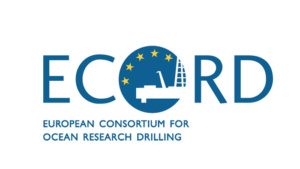
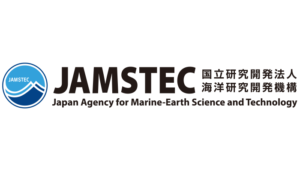
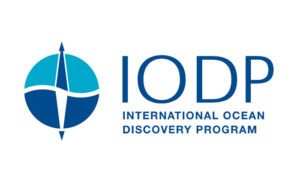
More information:
Official webpage of Expedition 386:
https://www.ecord.org/expedition386
Expedition 386 blog:
https://expedition386.wordpress.com/
Download official Press Release:
| English | |
| German |
About the research programme: http://www.iodp.org/
About the European part of the programme: https://www.ecord.org/
About ECORD Science Operator (ESO): https://www.ecord.org/about-ecord/management-structure/eso/
About the Japanese part of the program (J-DESC): http://www.j-desc.org/
Contact / interviews / images
Jez Everest
Expedition Project Manager
ECORD Science Operator
British Geological Survey
Email: jdev@bgs.ac.uk
Phone: +44 131 650 0203
Kae Takahashi
Expedition Management Group
Operations Department, MarE3, JAMSTEC
Email: kaet@jamstec.go.jp
Phone: +81 46 867 9865
Ulrike Prange
ECORD Science Operator
MARUM – Center for Marine Environmental Sciences
University of Bremen
Email: uprange@marum.de
Phone: +49 421 218-65540
Photo: Research vessel Kaimei. Credits © JAMSTEC
Photo: Operation onboard research vessel Kaimei. Credits © JAMSTEC

